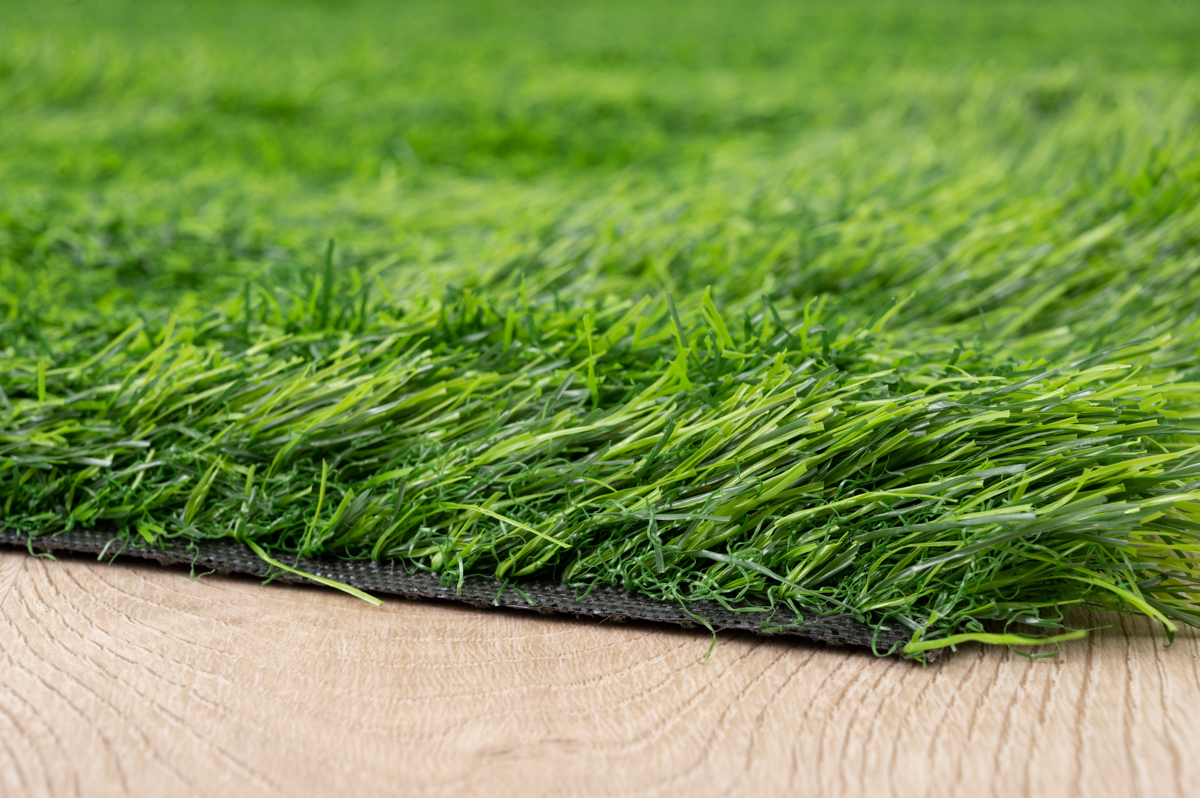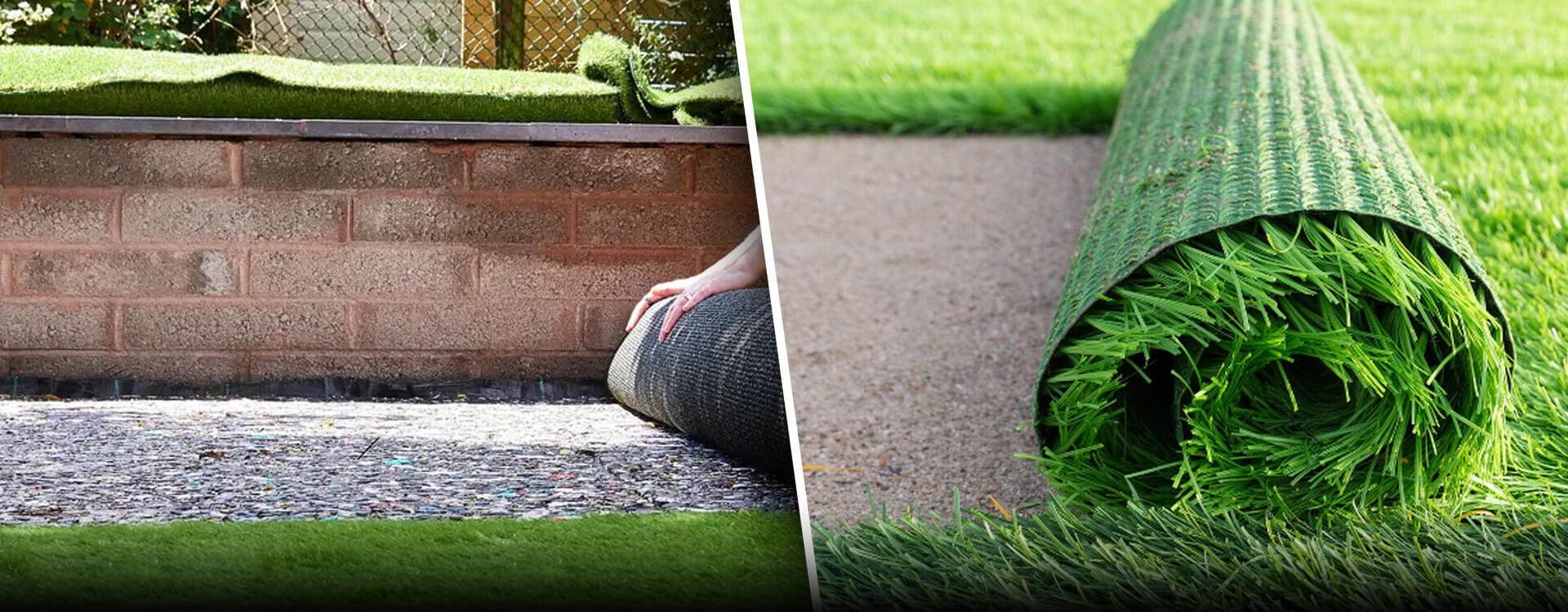A Comprehensive Guide to Artificial Grass Yarn: Materials, Types, and Shapes
2023-10-13
Artificial Grass is a remarkable landscaping solution, and its core component, artificial grass yarn, plays a pivotal role in achieving the natural look and feel of real grass. In this comprehensive guide, we will explore the significance of artificial grass yarn, delving into its materials, types, and shapes. Table of Contents 1. What Are Artificial Grass Yarns? 2. Why is Artificial Grass Yarn Essential? 3. Artificial Grass Yarn Materials 3.1. Polyethylene 3.2. Polypropylene 3.3. Nylon 4. Artificial Grass Yarn Types 4.1. Monofilament Yarns 4.2. Texturized or [Thatch" Yarns 4.3. Fibrillated Yarns 5. Artificial Grass Yarn Shapes 1. What Are Artificial Grass Yarns? Artificial grass yarns are the fibers or filaments that constitute the blades of synthetic turf. They serve as the essential element that replicates the appearance, texture, and performance of natural grass in artificial grass installations. 2. Why is Artificial Grass Yarn Essential? Artificial grass yarn stands as the backbone of synthetic turf. It is indispensable in shaping the concept of "artificial grass." When we walk, play, or engage in activities on artificial grass, we are, in essence, interacting with these yarns. In many instances, artificial grass systems are supplemented with infills, and the synergy between yarn and infills is crucial in supporting the overall system. Therefore, it's accurate to say that we walk or play on artificial grass yarns in tandem with infills. The quality and durability of the yarn directly affect the longevity of the artificial grass. When the yarn's color begins to fade, or if yarn detachment from the backing becomes noticeable, it indicates that the artificial grass is nearing the end of its lifespan. 3. Artificial Grass Yarn Materials Artificial grass yarns are produced using various materials to ensure durability and performance. The three primary materials used for artificial grass yarn are polyethylene, polypropylene, and nylon. 3.1 Polyethylene: Polyethylene is a widely employed material in artificial grass production. It offers exceptional resilience, UV resistance, and aesthetics akin to natural grass. This material provides a soft and realistic texture, making it suitable for applications ranging from residential lawns to sports fields. 3.2 Polypropylene: Known for its cost-effectiveness, polypropylene is commonly used in lower-budget artificial grass installations. While it may lack the same level of durability as polyethylene, it still delivers satisfactory performance, making it suitable for areas with lighter usage, such as decorative landscapes. 3.3 Nylon: Nylon yarn exhibits remarkable strength and resilience, making it a preferred choice for high-traffic areas like sports fields and playgrounds. Despite its excellent durability, nylon is less commonly used due to its higher cost when compared to polyethylene and polypropylene. 4. Artificial Grass Yarn Types Artificial grass yarns come in two primary types: Monofilament Yarns and Fibrillated Yarns. 4.1 Monofilament Yarns: Monofilament yarns are produced through an extrusion process that creates strength and elasticity. The shape of the holes during extrusion determines the yarn's cross-section. Monofilament yarns consist of multiple filaments, typically in quantities of 6, 8, or 12. 4.2 Texturized or [Thatch" Yarns: Texturized yarns represent a specialized monofilament variation. Available in various Dtex (unit of linear mass density), curl intensities, and colors, these yarns can feature high or low bulk density in polypropylene or polyethylene. 4.3 Fibrillated Yarns: Fibrillated yarns are produced by extruding a thin film that is subsequently cut into small strips and fibrillated, resulting in a honeycomb-like structure. 5. Artificial Grass Yarn Shapes To enhance the natural appearance, flexibility, and durability of artificial grass, various yarn shapes have been designed, each offering distinct attributes. The shape of the grass blade directly influences the overall look, feel, and performance of the artificial grass. Understanding the materials, types, and shapes of artificial grass yarn is pivotal in making informed choices for landscaping projects. Whether you're seeking durability, aesthetics, or cost-effectiveness, artificial grass yarn plays a fundamental role in shaping the perfect synthetic lawn. Internal Links:Football Field Artificial Grass Rugby Field Artificial Grass Golf Field Artificial Grass




